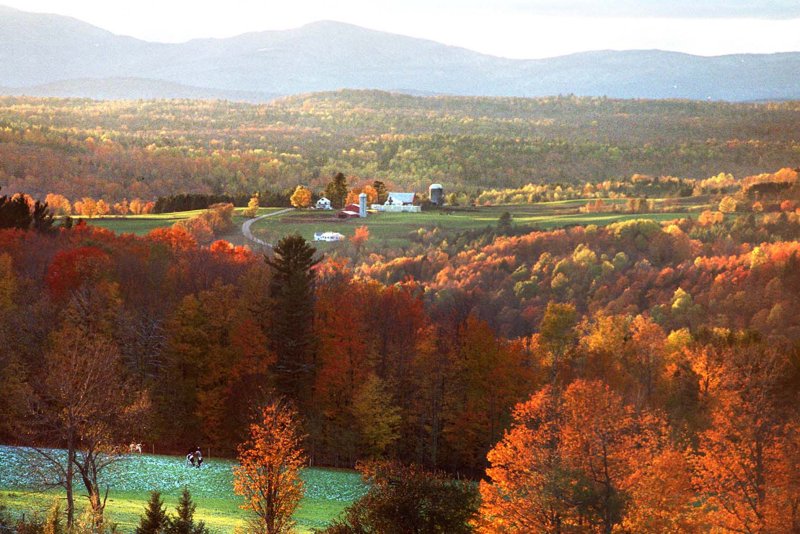Researchers say our eyes adjust for seasonal variations, processing color differently depending on our surroundings. File photo by Sandy Macys/UPI |
License Photo
YORK, England, Aug. 6 (UPI) -- New research suggests our eyes adjust how they process color as the seasons and our visual surroundings change.
Scientists at the University of York determined that human eyes adapt to account for the bright greens of summer and the dull grays and blues of winter. They did so by charting how our perception of "unique yellow" changes through the year.
Yellow -- one of the four unique hues (in addition to blue, green and red) humans perceive as not including other colors -- is one the few colors humans across the spectrum agree on. Everyone has different eyes, causing many to disagree what defines green and blue. But most agree that yellow is yellow.
Researchers hypothesized that human consensus on yellow might be inspired by seasonal changes, not necessarily biology.
To find out, they tested the color perception of 67 men and women in a dark room. The participants were asked adjust the dial of a colorimeter, first in January and then in June. Participants continued to agree, but their interpretation changed with the seasons.
"What we are finding is that between seasons our vision adapts to changes in environment," researcher Lauren Welbourne, lead author of a new paper on the subject, said in a press release. "So in summer when there is a much larger amount of foliage, our visual system has to account for the fact that on average we are exposed to far more green."
"In York, you typically have gray, dull winters and then in summer you have greenery everywhere," Welbourne added. "Our vision compensates for those changes and that, surprisingly, changes what we think 'yellow' looks like. It's a bit like changing the color balance on your TV."
Welbourne, whose work was published in the journal Current Biology this week, says this ability allows humans to account for seasonal changes all over the world -- from the arrival of the monsoons in India to the thawing of an Arctic spring -- and still accurately differentiate between colors.
"This is the first time natural changes in the environment have been shown to affect our perception of color. For me as a vision scientist it is fascinating as it is telling us more about how visual processing works."















